Queensland Children’s Hospital therapeutic landscapes
Contact
Insight:
Green infrastructure can do more than improve stormwater quality; it also provides healing benefits for hospital patients. This case study shows how green infrastructure can be integrated into a hospital. The project and subsequent research challenge not only how we design hospitals but also cities for health and wellbeing.
The drivers
A hospital ‘not like a hospital’ to deinstitutionalise the new children’s hospital and enhance clinical outcomes
- A collaborative project team developed an innovative hospital design founded on health promotion and evidence-based design.
- The landscape design emphasises the benefits of nature and the importance of contextual design in supporting healing outcomes.
The innovations
Design
-
The ‘Normalcy in Healthcare Design’ and day-to-day activities make patients and visitors feel ‘normal’, such as the smell of freshly cut grass, access to the sky, wind, rain and views over Southbank and the Brisbane River.
-
The design acknowledges the service and needs of hospital staff by providing separate staff gardens for ‘time out’.
-
The building features a variety of green spaces, green monoliths and epiphyte columns, and views over the landscape.
-
The design flags the hospital’s green credentials to the wider community by including a green sloping roof which can be seen from afar.
Technical
-
There are shared spaces for services and landscape infrastructure (irrigation, drainage and rootzone) between the building floors.
-
A custom designed shallow 300 mm rootzone supports the green infrastructure and a flush finish between paving and planting allows a ’natural’ garden experience.
-
Six established fig trees in custom designed tree pits on the community plaza provide shade and eliminate the need for built shade structures.
-
Green monoliths and epiphyte columns on roof terraces aid structural integrity of both the building and green infrastructure.
-
Rainwater harvesting in a 90 kL underground tank assists with irrigation water supply and reduces dependency on mains water.
Operational
-
A validated post-occupancy user survey and evaluation demonstrates the tangible benefits of therapeutic landscapes.
-
The irrigation system complies with Queensland Health protocols for the safe use of water in hospitals. All garden irrigation is fully automated, programmed and operated to minimise the risk to health compromised users.
-
Pavement design passively irrigates vegetation and minimises stormwater flows in the drainage system.
-
Low impact landscape maintenance tasks during hospital hours provide a sense of normalcy and human interaction.
Project stats
Location
South Brisbane, QLD
Dates
November 2020
Topics
Contact
The outcomes
 Cities providing ecosystem services
Cities providing ecosystem services

- An urban hospital that provides easy access to fresh air, sunshine, views and nature: The QCH maximises green space, with only 23% of the site area covered by ‘conventional’ roof. By stepping back the façade to provide platforms for the gardens, green landscaping became a dominant feature of the hospital design, rather than an incidental outcome.
 Cities as water supply catchments
Cities as water supply catchments

- Integrated landscaping and civil engineering design that ensures the gardens are mostly self-reliant and use alternative water sources: Fully automated irrigation from harvested rainwater, complemented by passive irrigation and low impact activities undertaken by patients and staff, minimises maintenance and reticulated water costs.
 Cities comprising water sensitive communities
Cities comprising water sensitive communities

- Facilities that bring together people from the hospital, neighbouring schools, research facilities and the Mater Hospital: The hospital is more than just a hospital. It’s an extension of the nearby Southbank Parklands and the Grey Street entertainment precinct, with links to all forms of public transport.
- Tangible health benefits promoted through green spaces, validated by post-occupancy surveys and research.
Interested in this solution?
We partner with small and large companies, government and industry in Australia and around the world.
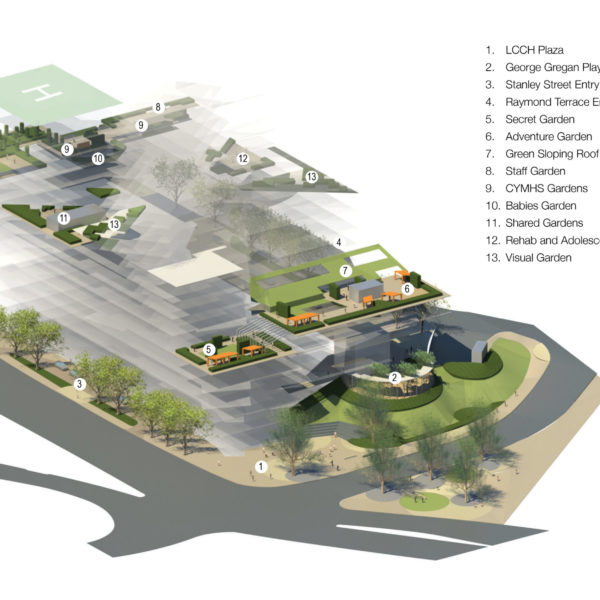
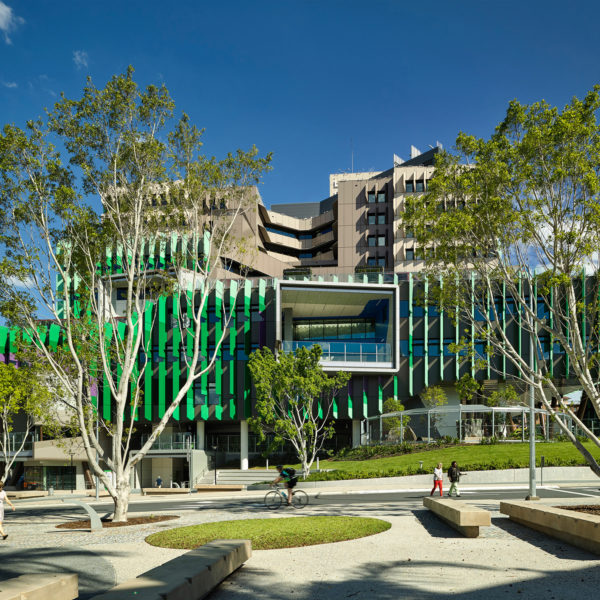
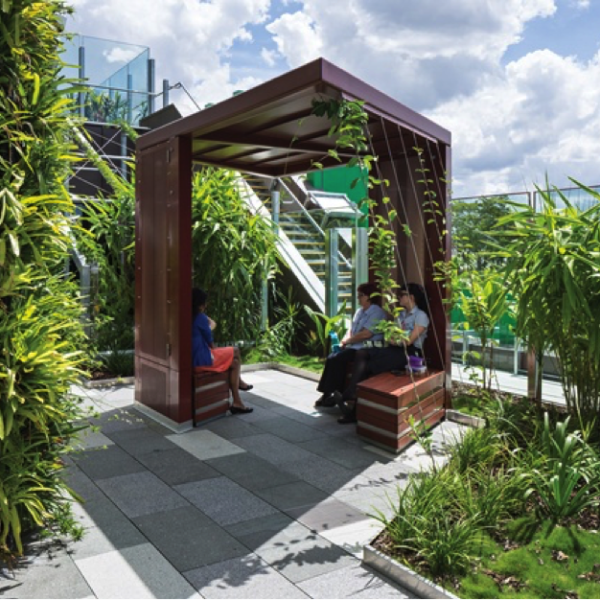
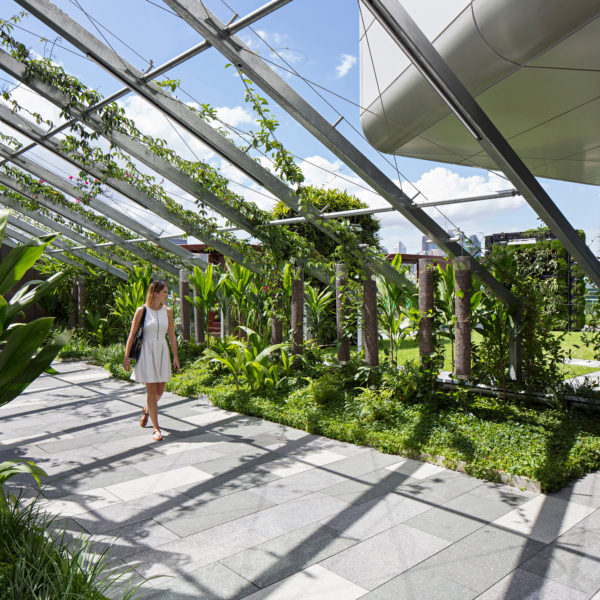
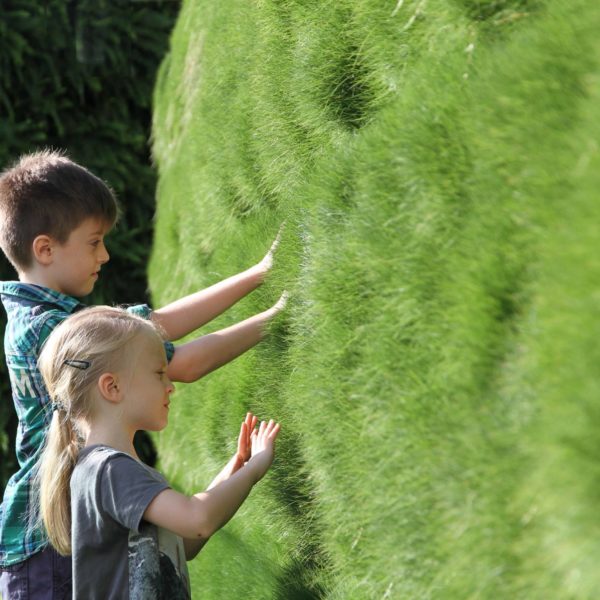
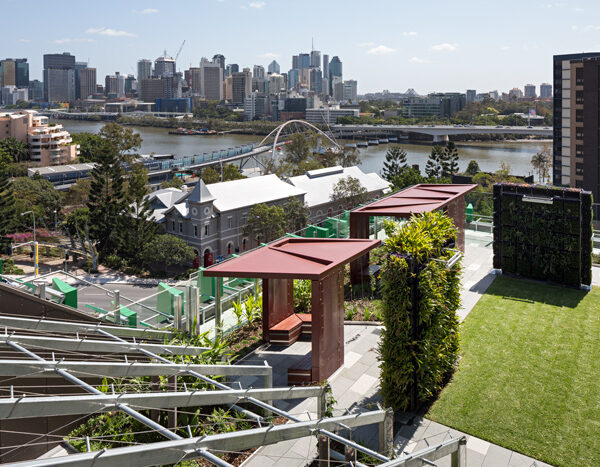
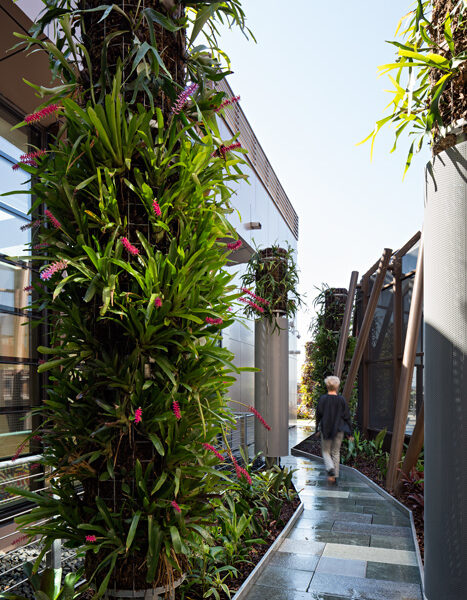
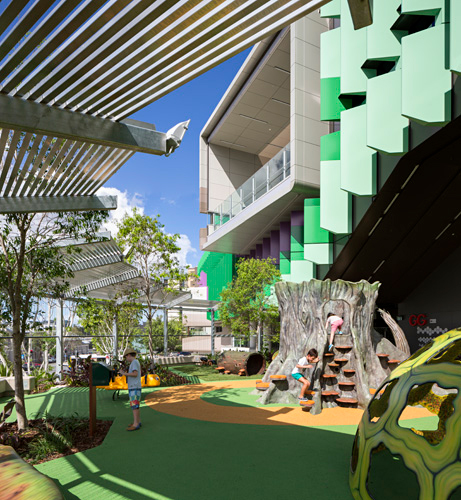
Comments